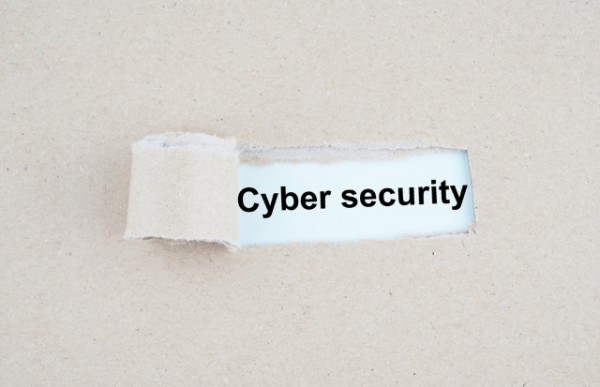6 essential security tips for Data Privacy Day

Data Privacy Day may not sound like the most exciting event to add to your calendar, but it serves as a hugely important reminder of the value of security. January 28 is the big day, and there has never been a better time to ensure that you are following best practice -- and there's no reason not to get started ahead of time.
35 years ago, Data Protection Day was launched, and over the years this evolves into Data Privacy Day. The aim is to improve privacy and security awareness online, on mobile, and on computers in general. Whatever you use your phone, computer and other devices for, there's plenty you can do to increase your security and privacy.
For the uninitiated, it can be hard to know where to start and what to consider. Even for tech stalwarts it can be helpful to have a reminder of what can be done to increase privacy and security. With this in mind, Kevin Shahbazi, CEO of cloud-based password management system LogMeOnce, has a number of tips to share
- Secure Your Phone with a Passcode and Set a Timeout -- Locking your phone and computer with a password or pin is an obvious, but often overlooked step in protecting your personal information. If someone gets a hold of your phone or computer, a passcode or pin locks them out from actually accessing anything. You should be able to set up a 4-digit or 6-digit PIN. After you set the screen lock on your device, set a timer so that you’re prompted to enter the PIN or passcode after a short period of inactivity.
- Sharing ISN’T Caring -- From your Netflix password to credit card numbers to naked photos, it’s convenient to share content online... but it also comes with tremendous risk. Sharing your personal information through email or text makes you more vulnerable to attack since your accounts are accessible by more than one person. Before you share something think twice. Make sure you trust the person you’re sharing the information with, and share sparingly. And when the person no longer needs the password, it should be updated immediately.
- Take Two Steps Ahead -- Two-step verification, also called two-factor authentication or 2FA, is becoming more and more popular today, and is proving to be an effective method to protecting your passwords. Two-factor verification has two layers of security for optimum protection. It requires a password and username as well as something that only that user has access to, like a one-time code that gets sent to your phone, or your fingerprint. You should enable two-factor authentication for services and apps like your email account or your password manager, as well as set it up to prompt you when taking certain actions on your smartphone like making a payment.
- Always Install Updates -- Operating systems and apps installed on your smartphones, computers and tablets don’t just push out updates to inconvenience you. Companies are constantly updating their software with important patches for vulnerabilities, fixes for bugs and overall performance improvements. Install those updates as soon as you’re prompted so that you’re not risking your privacy or personal information.
- Be Cautious When Using the Cloud -- Storing files has never been easier with the cloud. But by using cloud services like Dropbox you also increase your risks for theft and breaches. Start by securing your data with a strong password that should include a random combination of letters, numbers and symbols. You should password-protect your entire Dropbox folder. Enable two-step verification for an extra layer of security at login and encrypt your data and protect your files with Dropbox security advanced encryption. Be mindful of which of your third-party apps have permission to access your Dropbox. You should make an effort to review your account settings to learn the apps you’ve granted permission to and de-authorize the ones that aren’t absolutely essential.
- Don’t Share Sensitive Data When Using Public WiFi -- Whether you’re at Starbucks or the airport, free WiFi is available almost everywhere you go these days. Using open WiFi is almost unavoidable, so if you’re going to connect to WiFi when you’re on-the-go, know how to do it safely. Don’t access anything sensitive on open WiFi like your bank account. If you absolutely have to, then change your password as soon as you’re on a trusted connection. Turn off WiFi when it’s not in use, so that you don’t accidentally connect to any available network. If you find yourself frequently using public WiFi, you may want to invest in a VPN or Virtual Private Network. This prevents anyone from seeing what you’re doing on your network.
Photo credit: badins / Shutterstock
